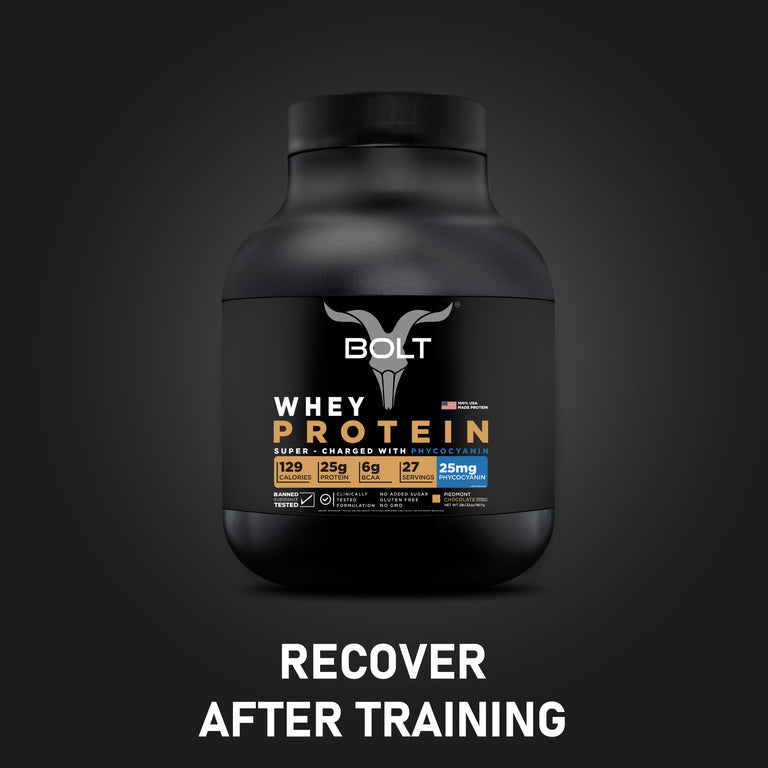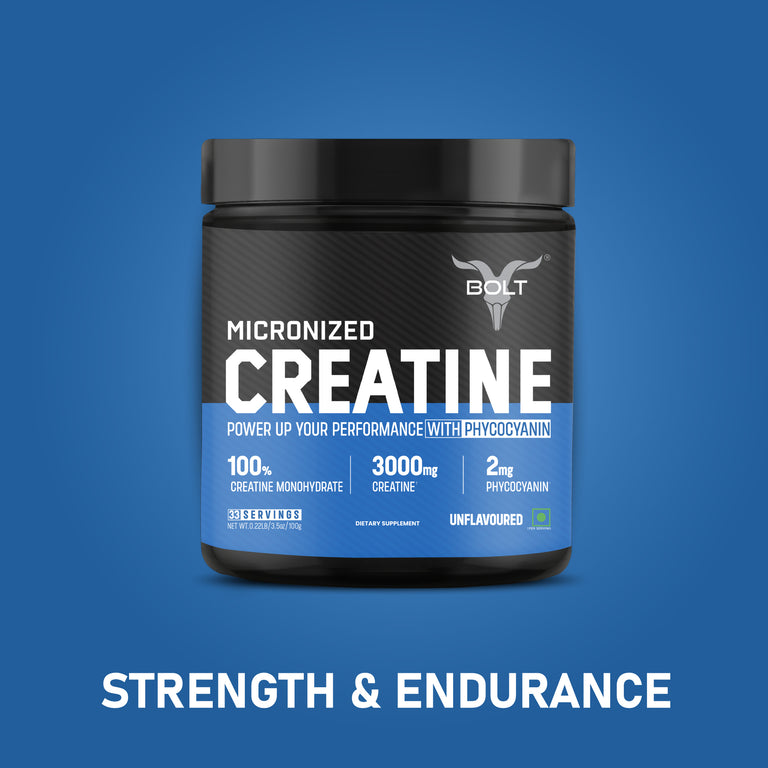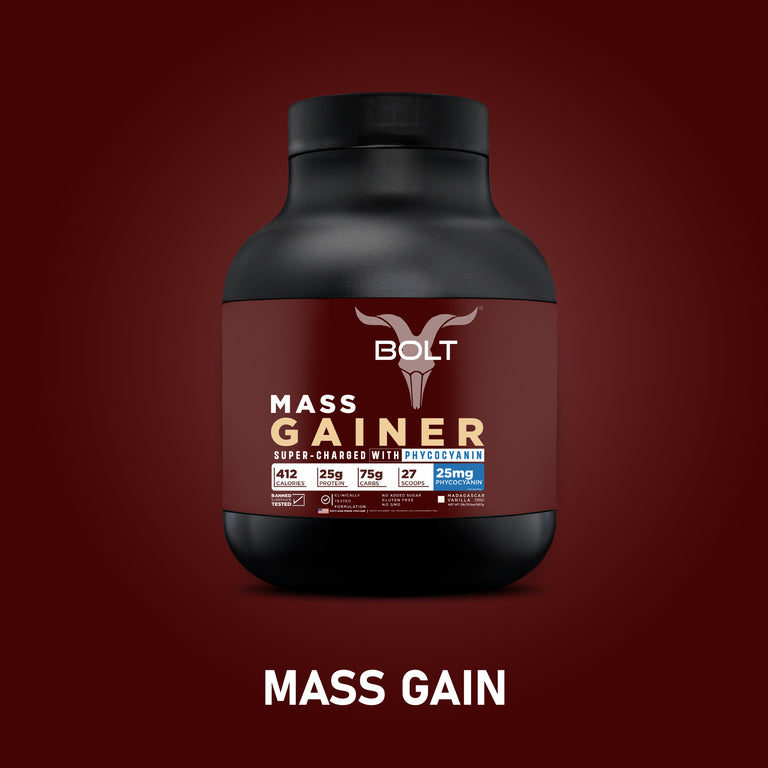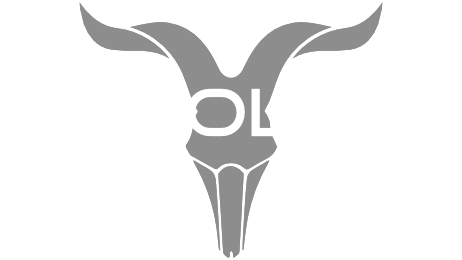
Understanding Hypertrophy: How Protein fuels muscle growth and development
byWere you intrigued when you heard about muscle hypertrophy, muscle enlargement or pumping of muscles from your gym trainer or a friend? In this write up we have covered the definition along with exercises and nutrition aspects to achieve muscle hypertrophy.
What is muscle hypertrophy?
Increasing the physical size of your muscle cells and muscle cross section area, to achieve that buffed up body through resistance training is known as hypertrophy. Hypertrophy happens due to increased muscle size of individual muscle fibres and not muscle length, this happens because the pre-existing capacity of the muscle fibre is exceeded and the cardiac and skeletal muscles adapt to the increasing workloads, furthermore the skeletal muscles become more effective in transmitting forces via tendinous attachment to bones, and the cardiac (heart) muscles become more efficient and effective in pumping the blood out of its chambers, in simpler terms Muscle Hypertrophy is due to the individual muscle fibres growing solely in size and not lengthwise.
Now let’s dive deeper into the facts of hypertrophy and how it occurs in the human body and what are the exercises and training that the body has to undergo to achieve hypertrophy. Training to increase the physical size of your muscles is known as hypertrophy training.
Tips to achieve muscle hypertrophy
Hypertrophy occurs when the protein breakdown in your muscles is lesser than protein synthesis, resulting because of excess protein intake and resistance training. Hypertrophy also occurs in the early stages of resistance training, which is a result of water retention. To keep experiencing hypertrophy, you must stay consistent with your hypertrophy training plans , because according to research muscle growth plateaus with time eventually.
1. Mechanical Tension- to challenge the muscles, substantial weights or resistance is introduced, this creates tension in the muscle fibres and prompts the body to strengthen the muscles and adapt.
2. Muscle Damage: Micro-tears are introduced in muscle fibres through resistance training, which initiates muscle damage. Because of the damage, the body’s repair and remodelling mechanisms are triggered.
3. Metabolic Stress: When metabolites like lactate and hydrogen ions accumulate during an intense excessive exercise, metabolic stress arises due to muscle fatigue.
The intensity of your workouts affects how quickly your muscles reach fatigue. To generate stress in your muscles, intensity plays a crucial role in it and you should allow yourself to do enough reps to reach fatigue. Reps refer to repetition of one particular exercise in one set.
Reps and Intensity are inversely proportional since the number of reps need to be decreased when the intensity is increased.
You need to note that a universal solution does not exist and that you need to align your workout regime with your specific goal. This also involves a high level of expertise, access to equipment, and a fixed and consistent schedule.
Certain overarching principles that are apparent and must be included in varying individual training programmes are:
- An intensity level between 66-88% should be maintained of your one-rep max. (1RM)
- Adhere to 1-3 seconds of rep tempos in the concentric phase and in the eccentric phase at least 2-4 seconds.
- Rep range should be 6-12 with multiple sets.
- Rest intervals of 30 seconds- 1.5 minutes, longer when necessary.
- Avoid overtraining yet allow yourself to extend your reps till failure, yet exercise with caution.
- Involve single and multi-joint movements by incorporating variations in exercises.
It is crucial to note that the chances of injury are high when you train for hypertrophy so while training any muscle group you must use proper lifting techniques and control your movements, while also avoiding lifting more than your body can actually handle.
NUTRITION ASPECT
We all are aware about the fact that protein plays a vital role in building muscles. So what are the triggers for muscle protein synthesis ?
The first trigger is resistance training, second is protein intake, and third is BCAAs, and most importantly Leucine, a key component in muscle building.
Recommended Protein Intake for Muscle Building
Protein is the main fuel for muscle building, in order to help your muscles grow you need to hit your recommended daily protein intake, which is 0.8 - 1.0 grams/kilogram body weight/day is the ideal protein intake recommendation for healthy and active adults.
Choosing the right type of protein with all the necessary amino acids that too in sufficient amounts is vital. Some whole foods with complete protein are:
1. 3 ounces of Skinless Baked Chicken contains 26 grams of protein.
2. 3 ounces of grilled salmon fish contains 21 grams of protein.
3. ½ cup (118mL)Low fat cottage cheese (Paneer) contains 14 grams of protein.
4. 1 cup (237mL) of Low-fat Milk contains 8 grams of protein
5. 1 large egg contains 6 grams of protein.
6. 1 scoop of Bolt Bozyme Gold Whey Protein with Phycocyanin, contains 26 grams of protein in one scoop.
(Data Source: USDA Food Data Central)
A healthy diet plan goes hand in hand with your workout programmes to achieve the best results. Including olive oil, nuts and avocados in your diet along with plenty of fresh fruits and vegetables as well as including bodybuilding supplements, like BCAAs supplement, whey protein, pre-workout and creatine can also help you achieve hypertrophy.
Increasing protein and complex carbohydrates intake before and after your workout is the most vital part, lean meat, fish, chicken, soy, cottage cheese tofu, and plant based protein and supplements are some of the few good sources.
If you aren’t sure about where to start, then you can speak to a healthcare and a fitness professional on the UnFit Application, and gain insights from the comfort of your home.
The bottom line is building muscles requires a very special training along with proper nutrition and rest. Progressive strength training programs are required for your muscles to adapt to the training stimulus. Hypertrophy is not achieved within a day, consistency and patience over a long period of time plays a key role.







